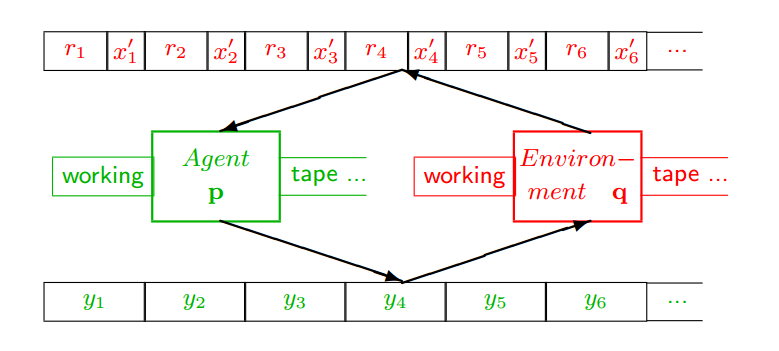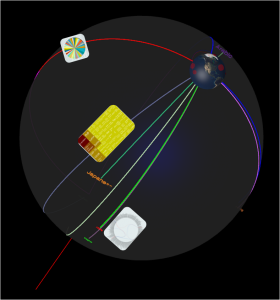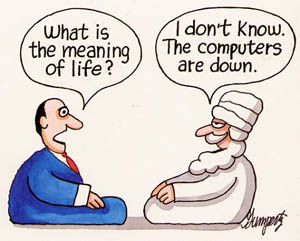Math and natural philosophy were discovered several times in human history: Classical Greece, Medieval Islam, Renaissance Europe. Arguably, the latter two were strongly influenced by the former, but even so they built additional explanatory frameworks. Moreover, the explosion that arose from Europe became the Enlightenment and the modern edifice of science and technology
So, on the eve of an eclipse that sufficiently darkened the skies of Northern California, it is worth noting the unreasonable success of reason. The gods are not angry. The spirits are not threatening us over a failure to properly propitiate their symbolic requirements. Instead, the mathematics worked predictively and perfectly to explain a wholly natural phenomenon.
But why should the mathematics work so exceptionally well? It could be otherwise, as Eugene Wigner’s marvelous 1960 paper, The Unreasonable Effectiveness of Mathematics in the Natural Sciences, points out:
All the laws of nature are conditional statements which permit a prediction of some future events on the basis of the knowledge of the present, except that some aspects of the present state of the world, in practice the overwhelming majority of the determinants of the present state of the world, are irrelevant from the point of view of the prediction.
…
A possible explanation of the physicist’s use of mathematics to formulate his laws of nature is that he is a somewhat irresponsible person. As a result, when he finds a connection between two quantities which resembles a connection well-known from mathematics, he will jump at the conclusion that the connection is that discussed in mathematics simply because he does not know of any other similar connection.
Galileo’s rocks fall at the same rates but only provided that they are not unduly flat and light.… Read the rest
 I am thrilled to note that my business partner and I sold our Big Data analytics startup to a large corporation yesterday. I am currently unemployed but start anew doing the same work on Monday.
I am thrilled to note that my business partner and I sold our Big Data analytics startup to a large corporation yesterday. I am currently unemployed but start anew doing the same work on Monday.





 The impossibility of the Chinese Room has implications across the board for understanding what meaning means. Mark Walker’s paper “
The impossibility of the Chinese Room has implications across the board for understanding what meaning means. Mark Walker’s paper “